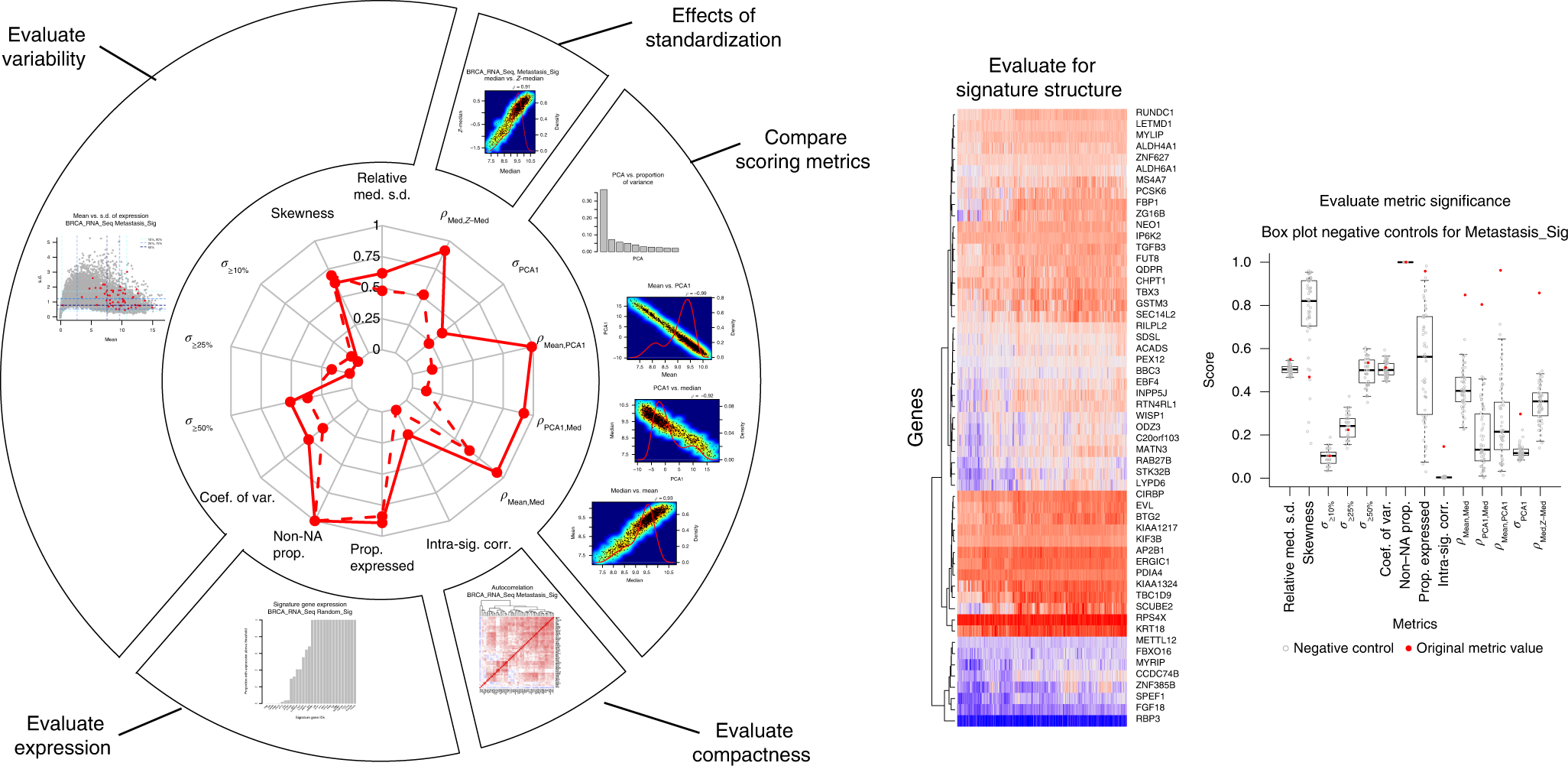- Heat Kernel Expansion User's Manual 1
- Heat Kernel Expansion Manual
- Heat Kernel Expansion User's Manual 2016
- Heat Kernel Expansion User's Manual Pdf
In the mathematical study of heat conduction and diffusion, a heat kernel is the fundamental solution to the heat equation on a specified domain with appropriate boundary conditions. It is also one of the main tools in the study of the spectrum of the Laplace operator, and is thus of some auxiliary importance throughout mathematical physics. The heat kernel represents the evolution of temperature in a region whose boundary is held fixed at a particular temperature (typically zero), such that an initial unit of heat energy is placed at a point at time t = 0.
The heat kernel expansion is a very convenient tool for studying one-loop divergences, anomalies and various asymptotics of the effective action. The aim of this report is to collect useful information on the heat kernel coefficients scattered in mathematical and physical literature. On the other hand, the heat kernel is also an adequate tool to study the index theorem of Atiyah and Singer 22,236,18. By about 1990 the heat kernel expansion on manifolds without bound-aries or with boundaries and simplest local boundary conditions on them was well understood. Also, the heat kernel became a standard tool in calcula. Heat kernel expansion: User's manual. The heat kernel expansion is a very convenient tool for studying one-loop divergences, anomalies and various asymptotics of the effective action. The heat kernel expansion is a very convenient tool for studying one-loop divergences, anomalies and various asymptotics of the effective action.
The most well-known heat kernel is the heat kernel of d-dimensional Euclidean spaceRd, which has the form of a time-varying Gaussian function,
This solves the heat equation
for all t > 0 and x,y ∈ Rd, where Δ is the Laplacian operator, with the initial condition
where δ is a Dirac delta distribution and the limit is taken in the sense of distributions. To wit, for every smooth function φ of compact support,
Heat Kernel Expansion User's Manual 1
On a more general domain Ω in Rd, such an explicit formula is not generally possible. The next simplest cases of a disc or square involve, respectively, Bessel functions and Jacobi theta functions. Nevertheless, the heat kernel (for, say, the Dirichlet problem) still exists and is smooth for t > 0 on arbitrary domains and indeed on any Riemannian manifoldwith boundary, provided the boundary is sufficiently regular. More precisely, in these more general domains, the heat kernel for the Dirichlet problem is the solution of the initial boundary value problem
It is not difficult to derive a formal expression for the heat kernel on an arbitrary domain. Consider the Dirichlet problem in a connected domain (or manifold with boundary) U. Let λn be the eigenvalues for the Dirichlet problem of the Laplacian

Let φn denote the associated eigenfunctions, normalized to be orthonormal in L2(U). The inverse Dirichlet Laplacian Δ−1 is a compact and selfadjoint operator, and so the spectral theorem implies that the eigenvalues satisfy
The heat kernel has the following expression:
(1) |
Formally differentiating the series under the sign of the summation shows that this should satisfy the heat equation. However, convergence and regularity of the series are quite delicate.
The heat kernel is also sometimes identified with the associated integral transform, defined for compactly supported smooth φ by
The spectral mapping theorem gives a representation of T in the form

Heat Kernel Expansion Manual
There are several geometric results on heat kernels on manifolds; say, short-time asymptotics, long-time asymptotics, and upper/lower bounds of Gaussian type.
Heat Kernel Expansion User's Manual 2016
See also[edit]
References[edit]
- Berline, Nicole; Getzler, E.; Vergne, Michèle (2004), Heat Kernels and Dirac Operators, Berlin, New York: Springer-Verlag
- Chavel, Isaac (1984), Eigenvalues in Riemannian geometry, Pure and Applied Mathematics, 115, Boston, MA: Academic Press, ISBN978-0-12-170640-1, MR0768584.
- Evans, Lawrence C. (1998), Partial differential equations, Providence, R.I.: American Mathematical Society, ISBN978-0-8218-0772-9
- Gilkey, Peter B. (1994), Invariance Theory, the Heat Equation, and the Atiyah–Singer Theorem, ISBN978-0-8493-7874-4
- Grigor'yan, Alexander (2009), Heat kernel and analysis on manifolds, AMS/IP Studies in Advanced Mathematics, 47, Providence, R.I.: American Mathematical Society, ISBN978-0-8218-4935-4, MR2569498
- Kotani, Motoko; Sunada, Toshikazu (2000), 'Albanese maps and an off diagonal long time asymptotic for the heat kernel', Comm. Math. Phys., 209: 633–670, Bibcode:2000CMaPh.209..633K, doi:10.1007/s002200050033